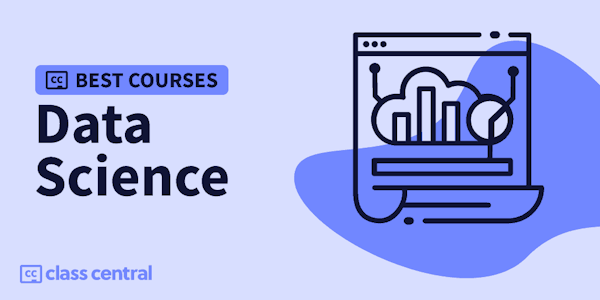Learn how to use the Python scientific stack to complete data science tasks. Find out how to work with pandas for data crunching, NumPy for numeric computation, and more.
Data science provides organizations with strikingâand highly valuableâinsights into human behavior. While data mining can seem a bit daunting, you don't need to be a highly-skilled programmer to process your own data. In this hands-on course, learn how to use the Python scientific stack to complete common data science tasks. Miki Tebeka covers the tools and concepts you need to effectively process data with the Python scientific stack, including Pandas for data crunching, matplotlib for data visualization, NumPy for numeric computation, and more.
Data science provides organizations with strikingâand highly valuableâinsights into human behavior. While data mining can seem a bit daunting, you don't need to be a highly-skilled programmer to process your own data. In this hands-on course, learn how to use the Python scientific stack to complete common data science tasks. Miki Tebeka covers the tools and concepts you need to effectively process data with the Python scientific stack, including Pandas for data crunching, matplotlib for data visualization, NumPy for numeric computation, and more.




